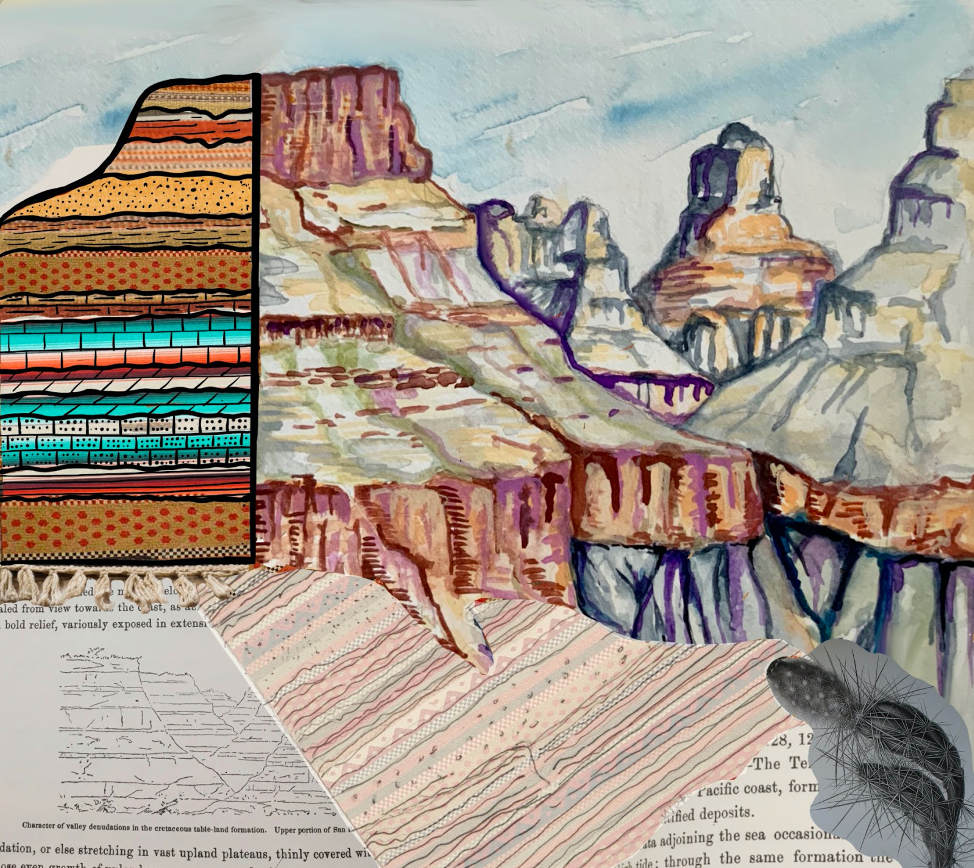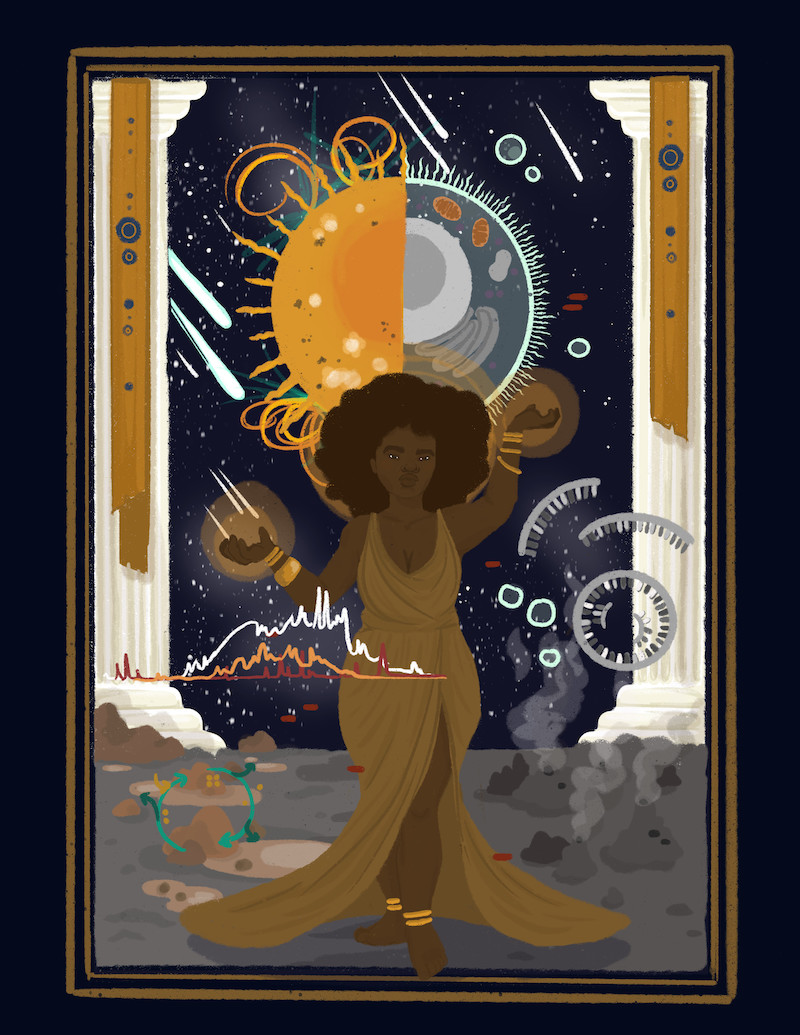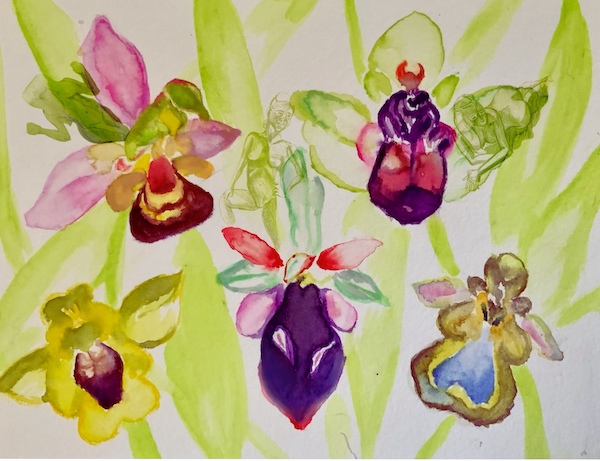Here at Caltech Letters, we’ve wrapped up another fantastic year of bringing science out of the lab and into context.
With campus commotion returning to pre-pandemic levels, we’ve continued to grow and expand our site. In the 2021-2022 academic year, we celebrated our fifth year since launch, the third year of our Viewpoints section, and the publication of our 60th feature-length article.
Here are a few of our favorite articles from 2021-2022:
A Sneak Peek at the Quantum Revolution
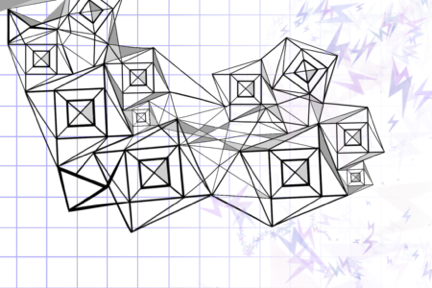
Illustration by Jennah Colborn for Caltech Letters
You might be familiar with the idea of quantum mechanics—maybe from a physics class or your favorite superhero movie. At small scales, the everyday physics we’re accustomed to starts to break down, and light and matter take on strange properties.
What if we could tap into those properties and harness them for our own purposes? That’s the idea behind quantum information, which could dramatically increase the power of our computers and networks in the coming years.
According to graduate student Piero Chiappina, quantum technologies are poised to revolutionize the way we store and share data, in applications ranging from chemical modeling to information security.
In this far-reaching explainer, Piero gives a crash course in the physics behind quantum information and offers a peek at the exciting opportunities these tools might offer in the coming years.
Feeling wine: The science behind our perception of tannins
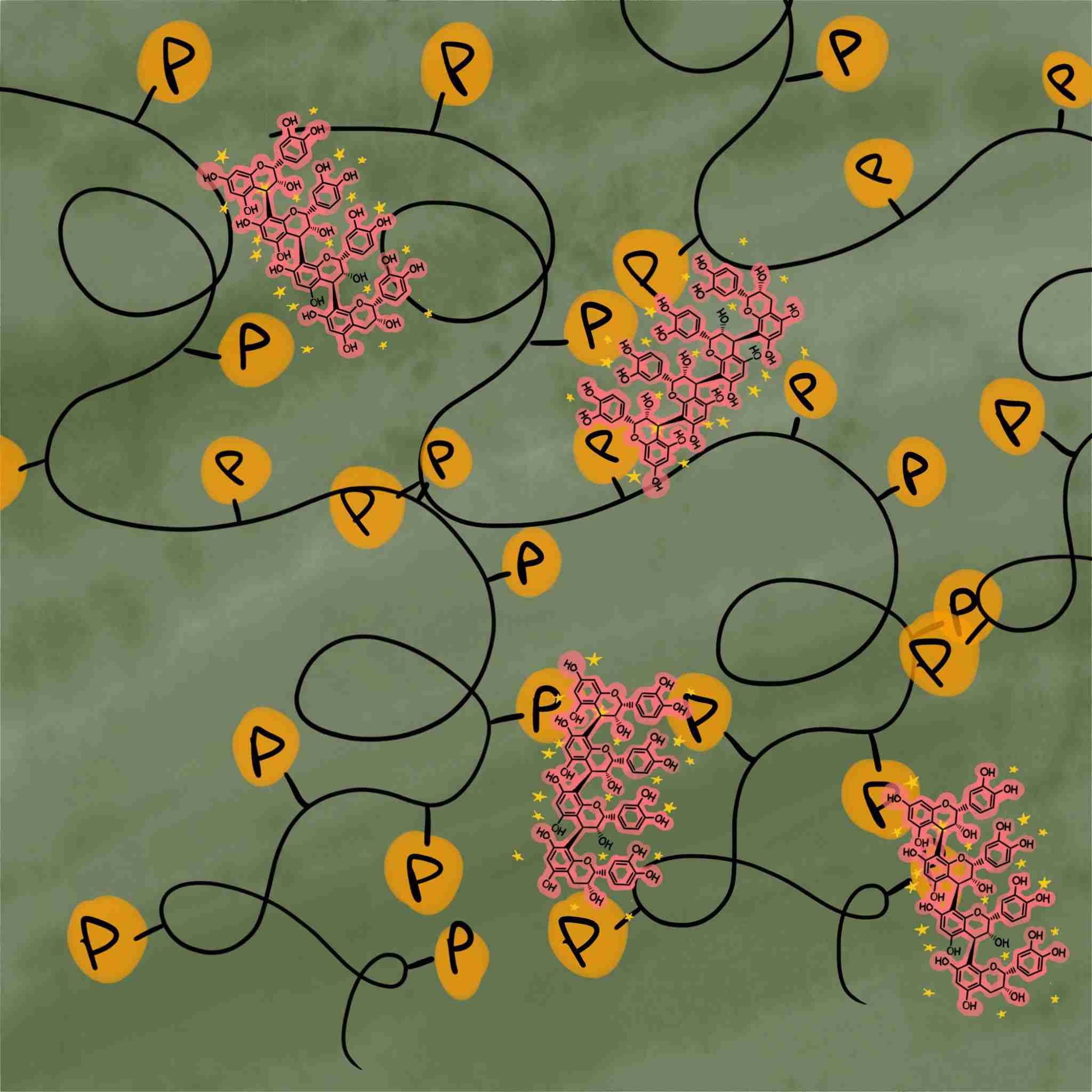
Illustration by Siobhán MacArdle for Caltech Letters
If you’ve ever had a glass of cabernet sauvignon or a cup of oversteeped tea, you’ll likely be familiar with the dry feeling they leave in your mouth. That dryness comes from tannins, a type of molecule found in the leaves and fruits of many plants.
But how do tannins cause that drying sensation? Where do tannins come from, anyway? And what does that mean for your next trip to the wine aisle?
Siobhan MacArdle (PhD ’22) explains how tannins interact with our mouths, why some wines have more tannins than others, and how to choose a wine that gives you the perfect mouthfeel.
Femininity, Foreignness, and Flowers: How culture shapes scientific discovery

Illustration by Sarah Zeichner for Caltech Letters
Science is often viewed as objective, impartial, and absolute. But humans are inherently subjective, and the ways we perform and interpret science can change with contemporary social climates and attitudes.
What does the influence of sociocultural factors mean for the scientific method? What happens when cultural and scientific views clash? Can scientific understanding ever be separated from the social environment in which that understanding arises?
Graduate student Fayth Tan grapples with these questions and examines the role of cultural context in scientific discovery through the lens of orchids, femininity, and colonialism in Victorian England.
No More Dirty Money for Green Science
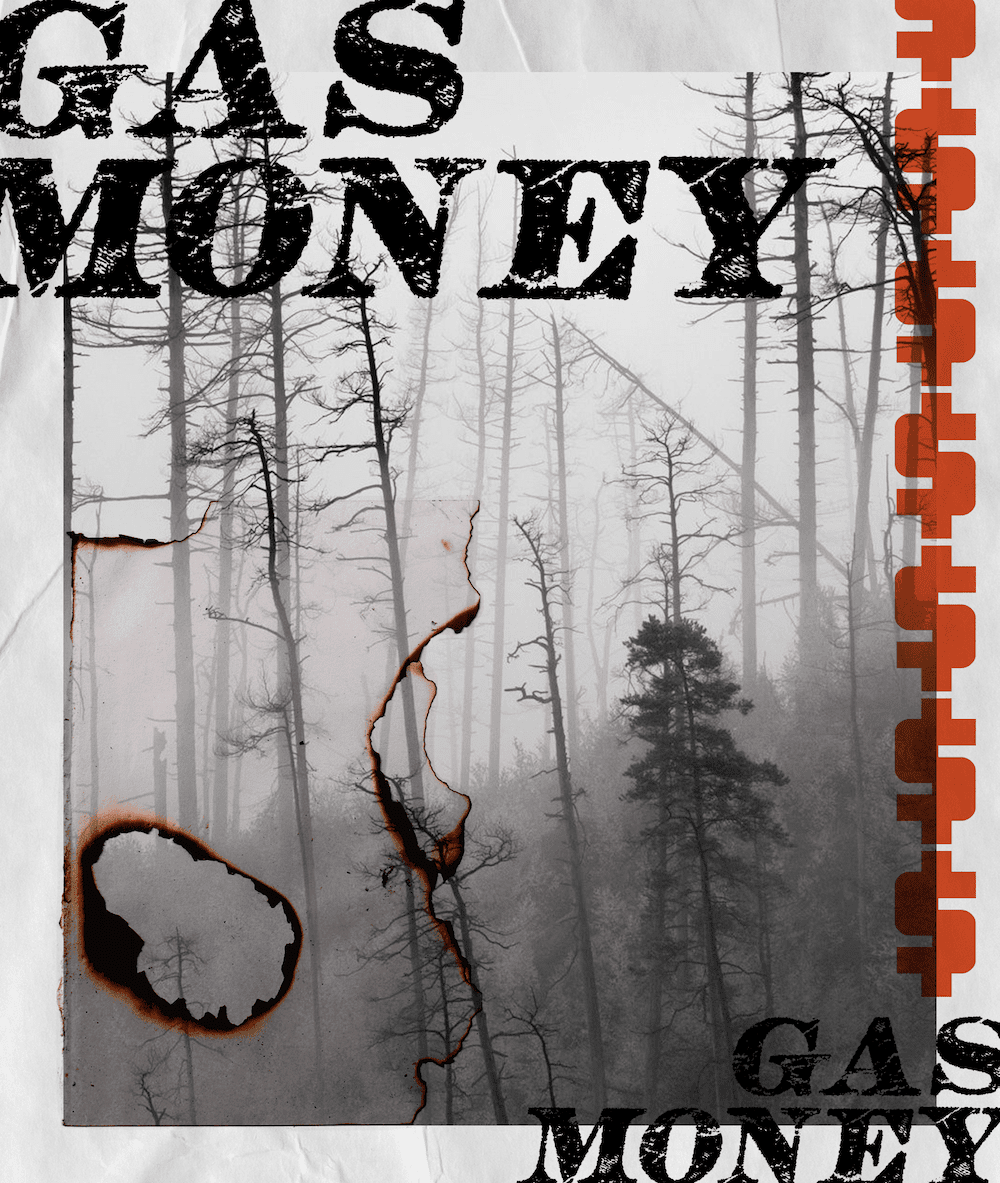
Illustration by Isabel Swafford for Caltech Letters
There are many ways we can reduce our carbon footprints. Small lifestyle changes like carpooling, taking public transit to work, or ditching single-use plastics can all add up over time. But some changes, like switching from natural gas to electric appliances, can have even farther-reaching impacts.
In Los Angeles, building energy use makes up a staggering 40% of carbon emissions, most of which comes from natural gas appliances. Transitioning away from natural gas in buildings in favor of universal electrification, according to recent graduate Cora Went (PhD ’22), is the only practical way to eliminate this source of greenhouse gas.
Cora notes, however, that natural gas providers in California have been broadly opposed to electrification initiatives—all the while advertising their support for renewable energy research at universities like Caltech.
In this incisive commentary, Cora details her experiences fighting for local building electrification and urges scientists to critically examine the implications of accepting funding tied to fossil fuel companies.
Non-Utilitarian Scientific Ethics

llustration by Isabel Swafford for Caltech Letters over "Braun Laboratories at Caltech", captured by Lev Tsypin
In 2019, Stewart and Lynda Resnick—billionaire owners of agriculture conglomerate The Wonderful Company — pledged a record $750 million to Caltech to support energy and sustainability research, including a brand-new 80,000 square-foot research building.
This eye-popping figure—the second-largest private donation ever made to a US university—spurred a range of commentary, from excitement over future breakthroughs enabled by the Resnicks’ largesse to newfound scrutiny and criticism over the environmental practices of the Resnicks’ own companies.
In a world of scarce research funding, how should researchers grapple with the dilemma of accepting donations from controversial sources? Should scientists accept support from organizations whose practices don’t align with their values?
In this thought-provoking Viewpoint, graduate student Lev Tsypin examines these challenges at the heart of scientific funding and proposes new ethical approaches to tackling them.
Caltech Letters is currently recruiting. If you’re part of the Caltech community and are interested in joining our team, please contact letters@caltech.edu.


